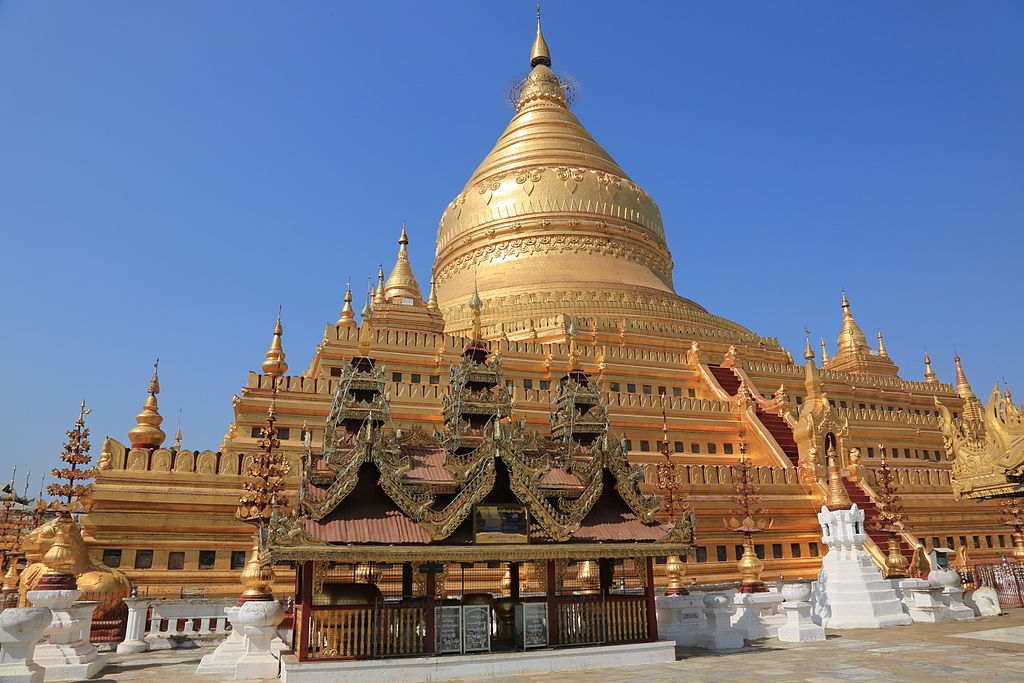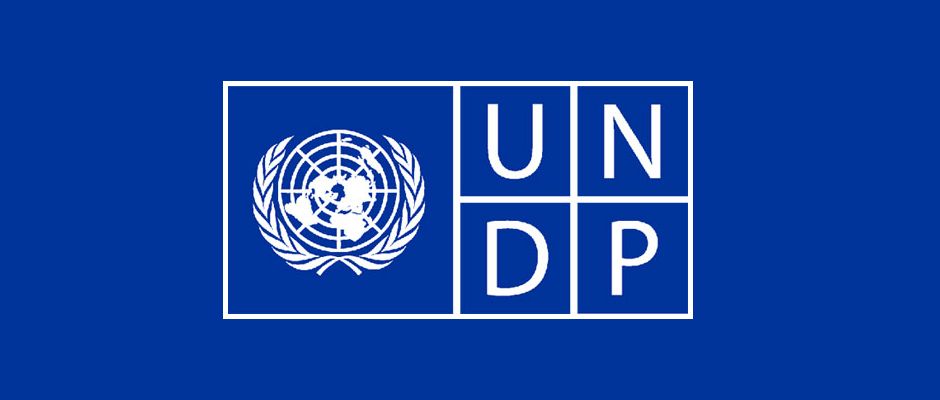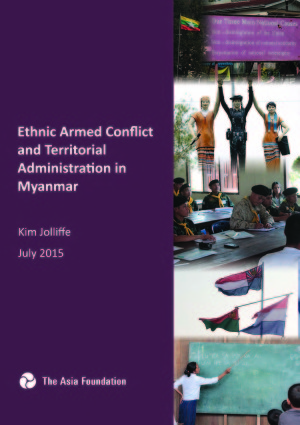
Myanmar’s Union government collects much of the trillions of Kyat generated by oil, gas, gemstones and other minerals each year, primarily through its state-owned economic enterprises (SEEs).
In the face of such centralized control over revenue, many ethnic groups have long asserted their right to make decisions over resource management in their states. Combatants in areas of active conflict and leaders from several ethnic minority parties—particularly those associated with Kachin, Rakhine and Shan states—have openly called for greater resource revenue sharing.
In response, the newly elected National League for Democracy (NLD) has committed to “work to ensure a fair distribution across the country of the profits from natural resource extraction, in accordance with the principles of a federal union.” As such, a resource revenue sharing system will undoubtedly be on the table in the upcoming discussion on federalism. However, as we have seen in other countries, these systems come with considerable risks. In the most extreme cases, such as Peru, they can actually exacerbate conflict, encouraging local leaders to use violence to compel greater transfers from the central government or gain control over mine sites. While these experiences are atypical, natural resource revenue sharing often leads to financial waste, local inflation, boom-bust cycles and poor public investment decisions.
However, if well designed, resource revenue sharing can: improve development outcomes and the quality of public investment; attract high quality private investors to the sector; and help secure a lasting peace.
Sharing the Wealth: A Roadmap for Distributing Myanmar’s Natural Resource Revenues report outlines options available under the current legal structure to help the new leadership fulfill its commitment to decentralize natural resource revenues. It is also meant to inform Myanmar’s broader discourse on how best to distribute these revenues.
First, it outlines the current state of fiscal decentralization in Myanmar. Second, it describes the size and location of extractive activities given the limited information currently available. Third, it aims to share good practices for revenue distribution and international experiences. Fourth, it outlines policy options and considerations for policymakers on intergovernmental transfers and addresses the debate on tax assignments.
Full report is available here.
Bauer, Andrew, Paul Shortell and Lorenzo Delesgues (2016). Sharing the Wealth: A Roadmap for Distributing Myanmar’s Natural Resource Revenues. New York: Natural Resource Governance Institute.


